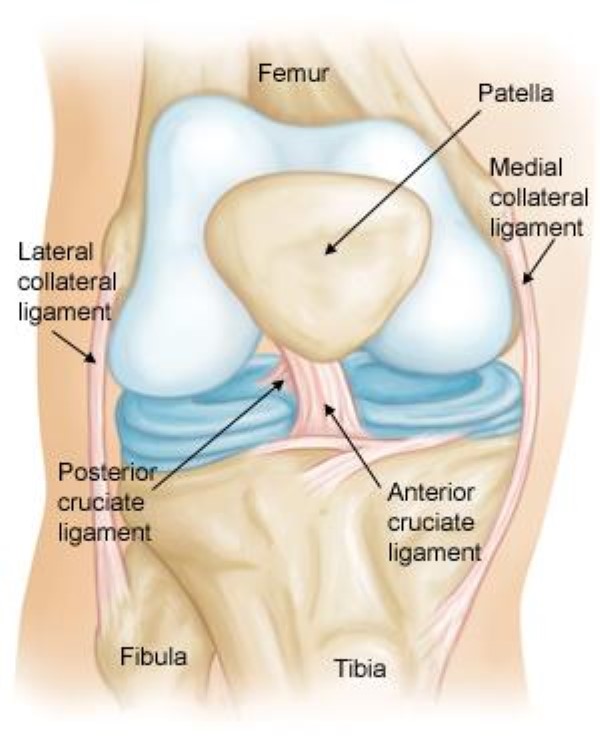
Injury resulting in a tear of one or more ligaments of the knee is referred to as a multiligament knee injury. When an injury affecting a combination of the four major knee ligaments—anterior cruciate ligament (ACL), posterior cruciate ligament (PCL), medial collateral ligament (MCL) and lateral collateral ligament (LCL)—occur, the stability of the knee is compromised. Sports-related injuries and trauma are typically the main culprits that cause multiligament knee injuries.
Regardless of how a combined knee ligament issue occurs, our elite-grade Our sports medicine specialists are skilled and experienced in finding the best treatment solution. We understand how important it is for our patients to have an active lifestyle, and it’s our mission to make sure you can return to the sports and activities to which you’re accustomed.
Football, basketball, soccer, skiing and trail running are a few examples of common sports with greater incidence of multiligament knee injuries. When a sports-related injury results in a tear of several ligaments of the knee, not only does it affect the stability of the knee, but it can also be painful and impede activity. In addition to sports-oriented injuries, a blow to the knee, a fall from a height, or motor vehicle trauma can also cause a combined knee ligament issue.
Considering that the previously mentioned symptoms may indicate various types of sports-related injuries, it’s imperative to undergo a thorough examination by an experienced doctor.
Grade I and Grade II multiligament knee injuries are usually addressed conservatively by a treatment protocol of rest, ice, compression and elevation.
Grade III multiligament injuries require surgery. Moreover, unlike grade III single ligament injury, the surgery is usually performed soon after the injury and often involves more than one surgery.
The surgical reconstruction of damaged knee ligaments is usually performed arthroscopically. Arthroscopic surgery involves reconstruction of the torn ligament (or ligaments) utilizing a tissue graft taken from another part of the body, or from a donor.
The damaged ligament is replaced by the graft and fixed to the femur and tibia using metallic screws. Gradually, over a period of few months, the graft heals.
After the multiligament knee reconstruction surgery, crutches may be required for up to six to eight weeks. Most patients can return to a high-level sport after a period of rehabilitation.